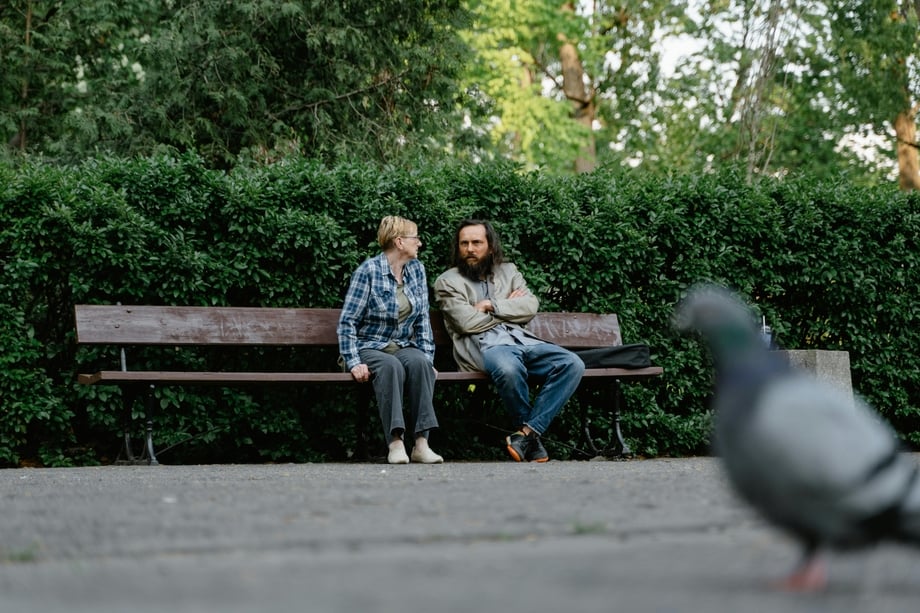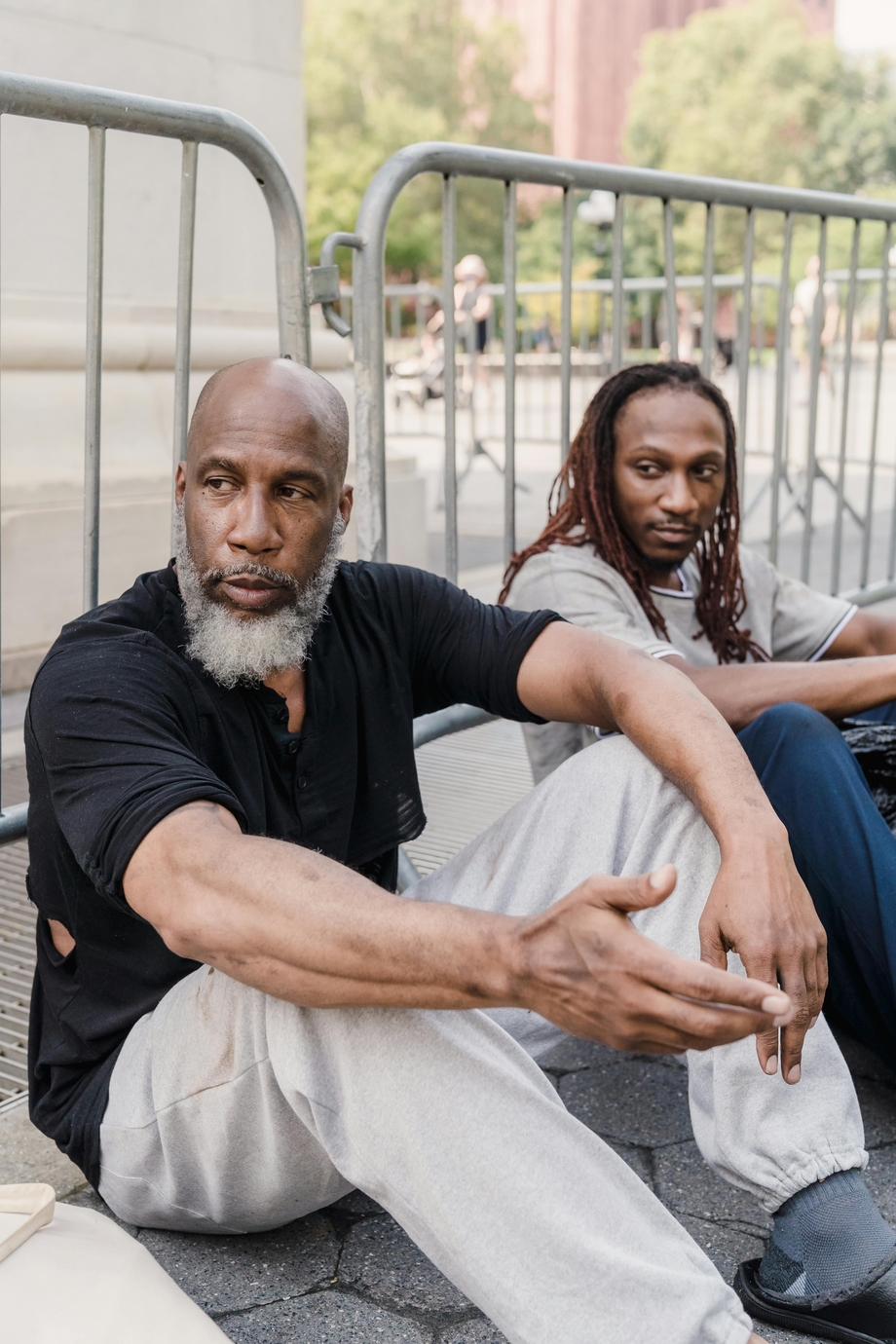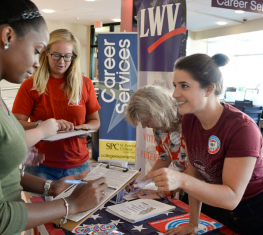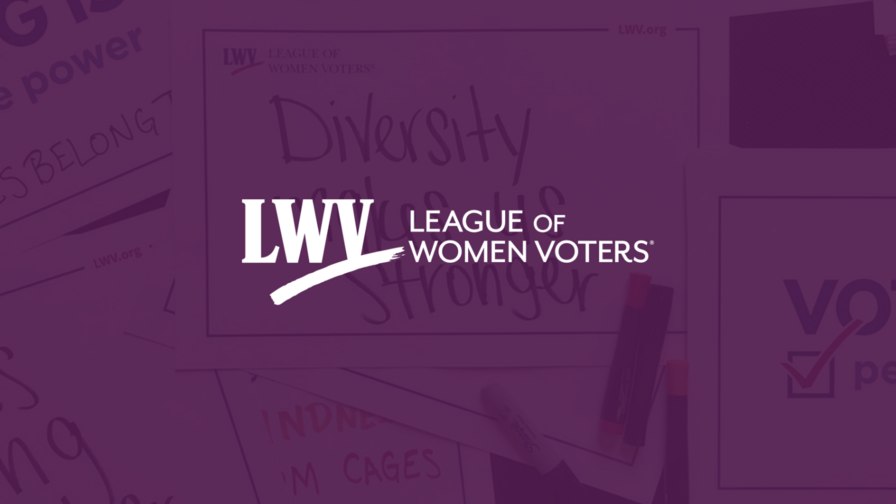Empowering Unhoused and Housing Insecure Voters
Voting is a fundamental right. Even if you lack a permanent address, you can register and vote in all 50 states.
Yet the millions of people in the US who’re experiencing homelessness and housing insecurity face unique challenges to voting. These challenges include showing proof of address, obtaining necessary transportation, accessibility accommodations, and more. Voting rights advocates must speak to and provide resources for these populations so they can make their voices heard.
Empower voters in your community, including those experiencing homelessness and housing insecurity.
The LWV of Ohio addressed this issue head-on in a training on Homeless and Housing Insecure Voter Outreach. Led by Nazek Hapasha, LWV of Ohio’s policy affairs manager, the training featured the following guest speakers:
- Sasha Bowers, workforce development specialist at YWCA;
- Marcus Roth, director of communications & development at the Coalition on Homelessness and Housing in Ohio; and
- Tonya Wichman, director of the Defiance County Board of Elections.
We’ve pulled together a few takeaways from their conversation.

Homelessness and Housing Insecurity in the US
To address voting rights for homeless and housing-insecure individuals, it’s important to understand what these terms mean and what challenges people in these communities face.
- Housing insecurity: an umbrella term for when a person’s housing situation is tentative. There are many reasons a person may be housing insecure, including: major financial strain due to the proportional costs of rent and utilities versus income; domestic violence; substandard housing; overcrowding; and more.
- Homelessness is a form of housing insecurity. It refers to situations in which a person has no place to live and may take refuge on the streets or in shelters.
Roth cites a lack of affordable housing as a major cause of homelessness and housing insecurity, particularly in Ohio. “There is a huge gap between what people earn and the cost of rent, and that gap has been growing.”
Financial and housing insecurity disproportionately impact historically marginalized communities, such as people of color and young people. Notably, these same communities are already highly affected by voter suppression.
Voting Challenges for Homeless and Housing Insecure People
As Wichman says, “we want everyone to vote.” Yet people experiencing housing insecurity and homelessness often face barriers to casting their ballots.
Transit
Bowers cites transportation as a common concern, as many housing-insecure people “don’t have the ability to get” to their polling locations or other sites. There are many reasons why this may be the case, including:
- Lack of a vehicle;
- Insufficient funds for taking public transport;
- Lack of transportation resources for people with disabilities;
- The inability to take time off of work or caregiving to travel; or
- Living in a location underserved by public transit.
When states close polling locations and limit absentee voting, the issue is exacerbated.

Accessibility
As mentioned above, accessibility is a concern at every step of the voting process. The National Association of County and City Health officials estimates that as many as 25% of people experiencing homelessness are members of the disability community. While the Americans with Disabilities Act requires that public entities ensure that people with disabilities can access and use their voting facilities, people still may face challenges getting to or navigating their polling stations and casting their ballots. Those who experience accessibility-based barriers to voting are encouraged to contact the American Association of People with Disabilities.
Paperwork and ID
Paperwork is also a major issue. Homelessness or frequent moves make it difficult to keep track of essential paperwork and resources like one’s voter ID. Some states, like Ohio, allow people to vote by mail using the last four digits of their social security number instead of a physical ID, which can lessen this concern.
Indeed, according to Roth, ID requirements can be “the major question” for many people dealing with housing insecurity. Many people are unsure what to do, for example, if they lack a stable address.
It’s crucial to know that anyone, regardless of whether they have a stable address, can both register to vote and cast their ballot. Wichman recommends using “the address [you] plan to go back to” on your paperwork. This may be a shelter (shelters generally have mail services), community center, or local clinic.
Living in a State of Crisis
Beyond transportation, paperwork, and IDs, one major challenge for voters dealing with homelessness and housing insecurity is that they’re often in a state of “crisis” — and understandably, voting is not always their priority.
Bowers, who experienced homelessness in her youth, understands this. Yet she insists that even within these crises, people can find moments to make their voices heard. She recommends creating a “routine” for voting regularly so people can have a say in the systems that impact their lives and access to services.

How You Can Get Involved
As Roth says, everyone thinks voter engagement is a great idea, but it’s “always at the end of the to-do list.” Sometimes, moving engagement back to the top of your list is all it takes to make a meaningful difference.
Sharing Resources
Organize a resource-sharing visit with friends or your local League to provide civic and voting resources. To table within shelters, Bowers recommends contacting the social services or diversity contacts within the organization.
Other places to share resources can include eviction courts, senior housing centers, or other housing centers. Places where people may be waiting in line can be productive since they may be looking for a way to spend their time.
Organize Rides
Contact your League to organize ride-shares to the polls! Do this not only on Election Day, but on early voting days. Local ride-share programs may be willing to partner with you on these efforts.
Uplift Those Experiencing Homelessness and Housing Insecurity
As you do your work, it’s helpful to ensure that people experiencing housing insecurity and homelessness have a seat at the table. Empowering voters within a given community won’t work if we don’t value the input and perspectives of the people within it.
Roth also advises approaching this work with a trauma-informed perspective; this involves being aware and thoughtful about the emotional, physiological, and other impacts of the hardships posed by housing insecurity. A trauma-informed approach may encourage empathy over guilt-tripping or curiosity over black-and-white thinking.
Bowers also recommends finding times to interact with people when youth may be present. This may inspire youth to get involved and show them what’s possible for their futures.
The Latest from the League
A coalition of current and former San Francisco officials and civic organizations filed an amicus brief in the case of City of Grants Pass v. Johnson, the most significant US Supreme Court case regarding the civil rights of homeless people in modern history.
Voter ID laws have long been debated in the United States. While supporters argue that voter photo ID laws are necessary to prevent voter fraud and ensure the integrity of elections, reality tells a different story. Not only do these measures disproportionately impact Black, Native, elderly, and student voters, but they also fail to effectively address any real issues related to election integrity.
The League of Women Voters and Lyft today announced a partnership to provide access to transportation to the polls on Election Day.
Sign Up For Email
Keep up with the League. Receive emails to your inbox!
Donate to support our work
to empower voters and defend democracy.





